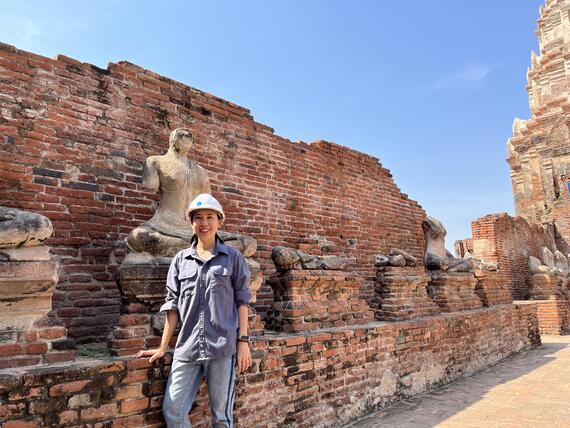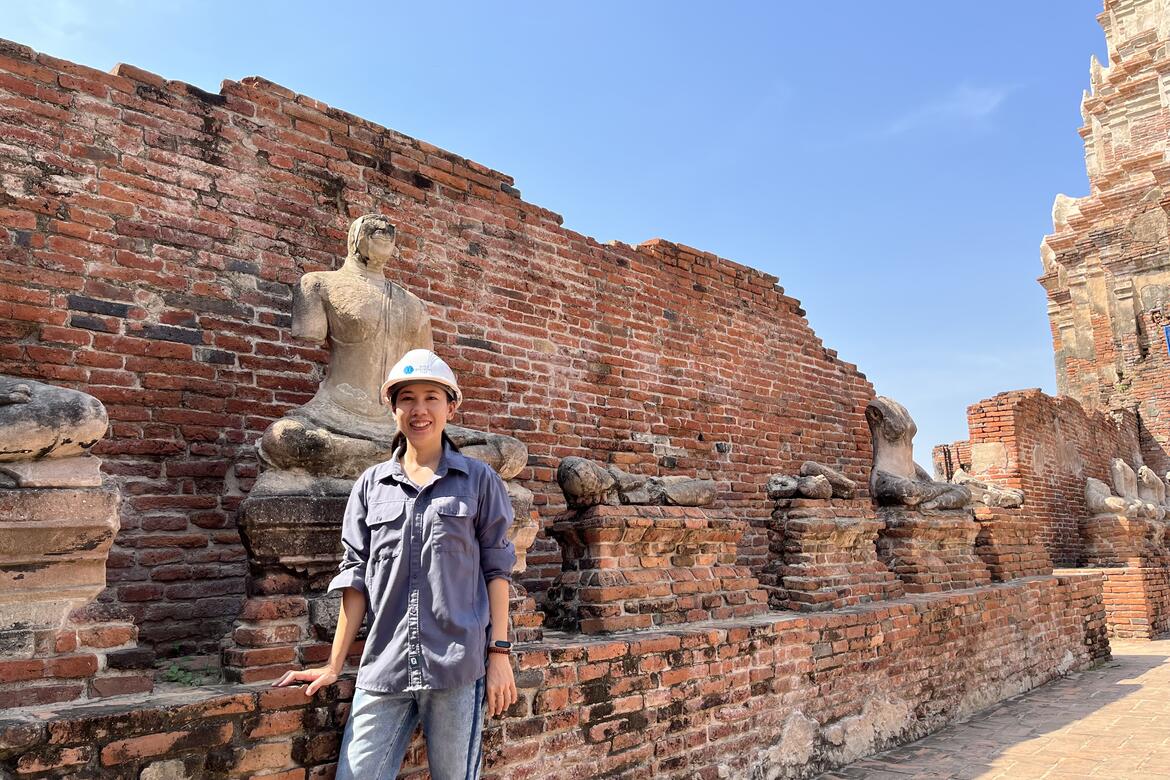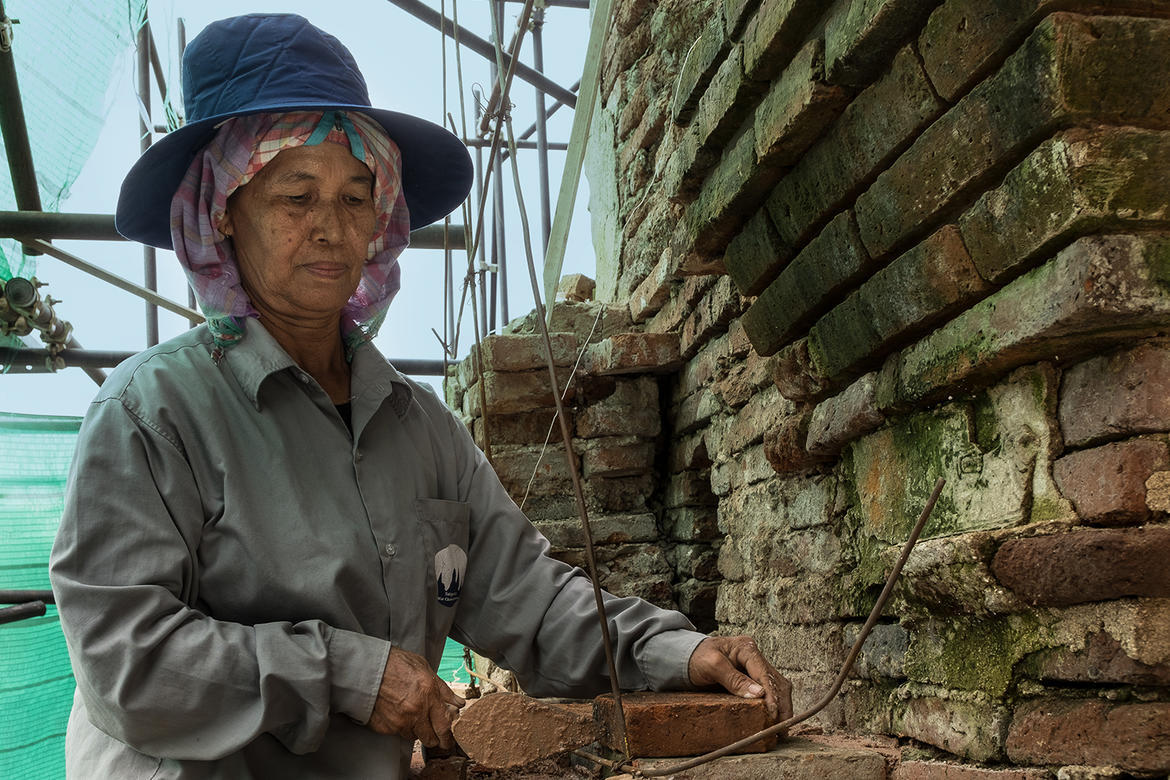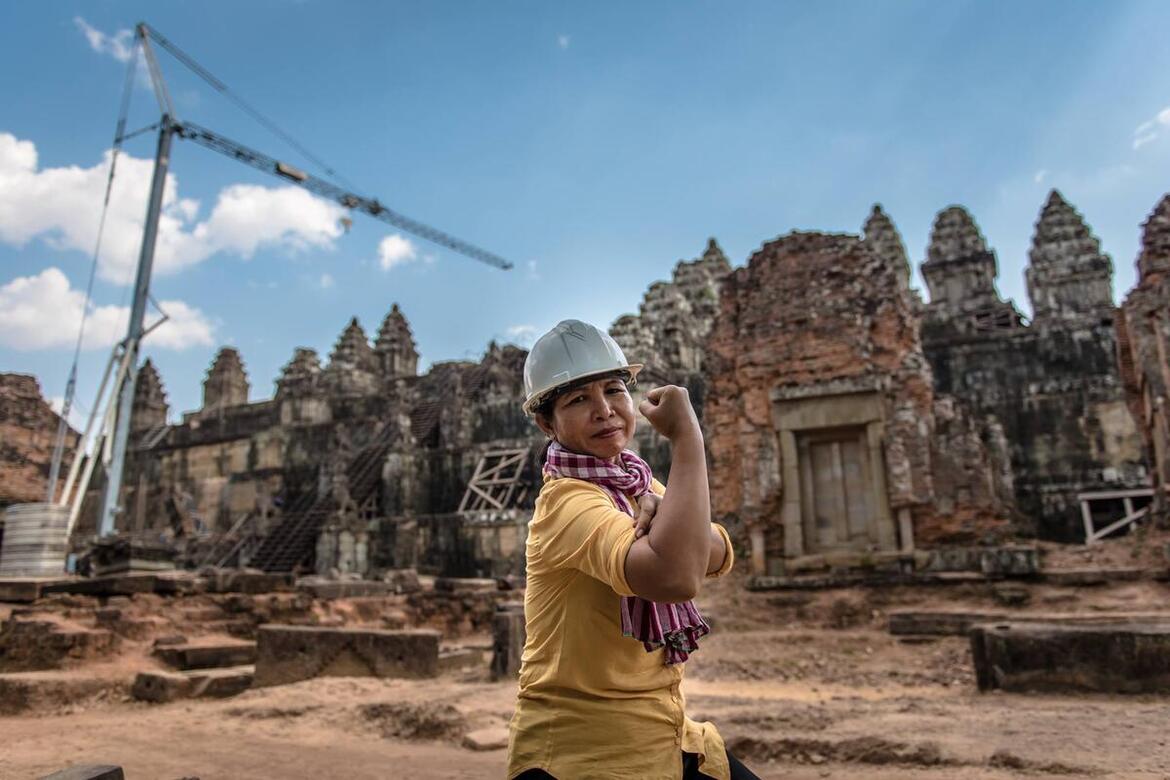Deconstructing the Architecture of the Gender Divide

“I, His Majesty King Mongkut, declare [that]…not even a single female person, from a day-old baby to an old woman, has ever stepped beyond the front gate or its staircase. I intend that the monks in this monastery follow this practice to keep this building a sacred sanctuary for meditation and prevent defilement.”
These words are inscribed at Wat Bovonnivet Vihara, the monastery in Bangkok where King Mongkut once lived. So strict was the king’s prohibition that it even extended to female animals. The edict is emblematic of the kinds of barriers Southeast Asian woman have historically faced in accessing the public sphere, even outside of the realm of royal and religious spaces. One Thai proverb literally translates to “The man is the elephant's front legs, and the woman is the elephant's hind legs”—husbands always lead, and wives always follow.
Even the structure of our houses reinforces the perceived lower status of women. In southern Thailand, the front door is reserved for men, while a secondary entrance for women is located at the back of the building and is connected to the kitchen. Traditional Burmese homes—some of which were selected for the World Monuments Watch in 2020 to highlight the threat to vernacular teak farmhouses—divide women’s and men’s quarters, with the former close to storage areas and other spaces related to household chores.
These gender divisions appear in religious buildings as well. On the Indonesian island of Sumba, the distinctive local architecture—named to the 2022 Watch—is especially famous for its high thatch roofs, which are believed to shelter the spirits of the dead. Yet only older men can perform rituals to contact these spirits. And many Burmese temples forbid women from approaching the main Buddha image lest their menstrual impurity pollute it—a restriction that World Monuments Fund’s (WMF) mainly female conservation team confronted when attempting to document the Buddha throne at the monastery of Shwe-nandaw Kyaung in Mandalay. Pushing back at Burmese authorities’ constraints on access required gaining the support of important Buddhist monks, who accompanied the female conservators at the start to demonstrate it was less a religious restriction than it was an outmoded way of thinking.
Breaking Down Walls Through Preservation
Thailand has no records of women architects or construction workers before the nineteenth century. As the government attempted to resurrect various cultural heritage sites in the late twentieth century, women took part in conservation work for the first time. Yet they were paid less than men and were underrepresented in leadership roles. Though positions once off-limits to women have gradually become accessible and enrollment in educational programs has increased, it's long overdue for Thai women to have equal pay according to their productivity, not their gender.
Historically, architecture has been seen as a tool for enforcing the traditional order, especially when it comes to gender roles. But conserving historic buildings can provide an opportunity to push the boundaries of what is considered acceptable for women. At Wat Chaiwatthanaram in Thailand, our chief mason is a woman, Mali Choomchooboon, who is 71 years old!
Over the last three decades of WMF’s work in Southeast Asia, the NGO has modeled gender parity in the workplace, setting an example for local peer organizations by offering equal employment and exchange opportunities and expanding educational training for women. For me, the “classroom” has mainly consisted of hands-on opportunities in the field that allow me to learn by doing.
These kinds of educational experiences have created a more robust and diverse workforce, setting an example for not only the agencies and institutions we collaborate with in the field but Southeast Asian society overall. Working with WMF as a preservation architect and project manager, I appreciate the level of responsibility that comes with the position and never feel underestimated. It allows me to embrace challenges with confidence to go above and beyond traditional social expectations for Thai women.
In our work with WMF, we women can take pride in being the proverbial “elephant’s back legs”—providing the power to move everything forward.



